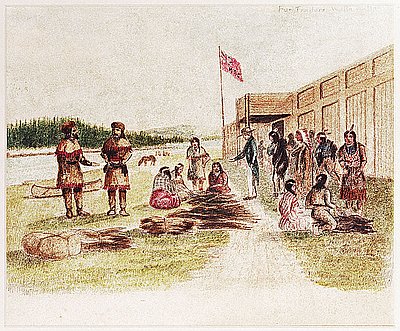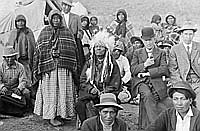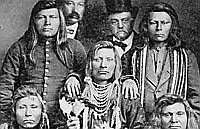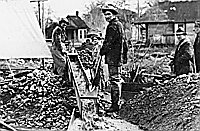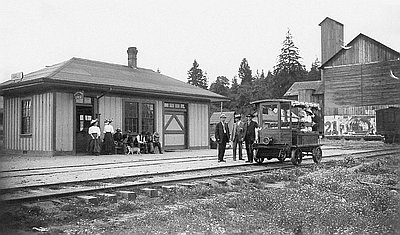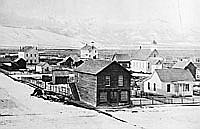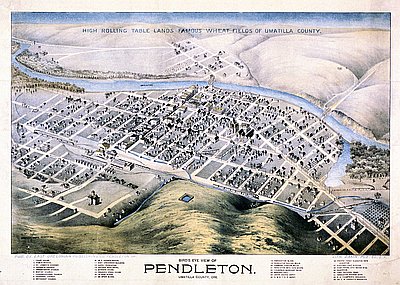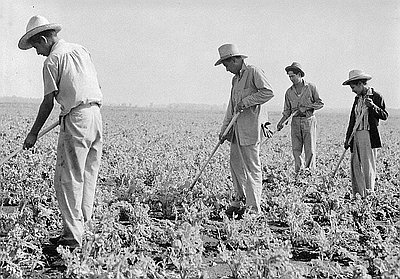Early Contact
We should not be surprised that the Nez Perce welcomed the emaciated members of the Lewis and Clark Expedition who staggered into one of their camps in September 1804. The only resident to have dealt with whites, a woman named Watkuweis, vouched for the kindliness of the strange people, and the Nez Perce hoped that the American explorers would bring a better world.
Lewis and Clark’s primary goal of finding a convenient route across the continent had been thwarted, so they were eager to further another of the Expedition’s goals: drawing indigenous nations into political and economic alliances with the U.S. They told the Nez Perce that the U.S. would soon establish a trading post offering reliable access to firearms and would broker a truce with their enemies. The Nez Perce, encouraged by these assurances, hosted the Expedition on both their outbound and return journeys. They showed them how to fashion dug-out canoes and cared for their horses over the fall and winter.
The history of the Columbia Plateau did not unfold as Lewis and Clark had promised. True, American John Jacob Astor’s Pacific Fur Company appeared at the Columbia River’s mouth in 1811, determined to tap the interior fur trade. But American traders made only occasional forays into the area after the 1810s. The Astorians were soon replaced by the Montreal-based North West Company and the London-based Hudson’s Bay Company, both of which had more experience working with indigenous peoples.
All three companies were frustrated by the indifference that the Umatilla, Cayuse, and Nez Perce often showed toward the fur trade. In 1818 the North West Company established Fort Nez Perce just north of what would become the Washington border. But this region was never a center of the trade, and Fort Nez Perce always remained small. In 1830 and 1831 it produced less than 1,000 beaver pelts, and in 1845 it was staffed by just ten men.
The North West Company and Hudson’s Bay Company were interested in getting Native peoples’ trade. They cared little about their beliefs. This pattern shifted with the arrival of the Whitmans and the Spaldings, American missionaries who settled among the Cayuse and the Nez Perce, respectively, in 1836. These Presbyterian missionaries were determined to convert Indians to Christianity. The Whitmans failed in this and drew an increasing number of whites onto Cayuse land outside of what is now Walla Walla, Washington. Several Cayuse responded to these pressures and the outbreak of a measles epidemic, which they also blamed on the Whitmans, by killing the missionary couple and ten others in 1847.
These killings led to the Cayuse War and drove the Presbyterians from the area, but the Catholic priests who had recently arrived proved better able to both win converts and avoid violence, though their numbers remained small.
The overland Astorians traversed much of what would become the Oregon Trail in 1811-1812, including the Blue Mountains, and other fur traders would also travel through the area. But heavy traffic did not begin until the first large wave of settlers bound for the Willamette Valley came in 1843. Few of the hundreds and then thousands of Americans who made this trip thought of tarrying in northeastern Oregon. The storied lands and temperate climate of the Willamette Valley drew these travelers across the continent. The Powder River and Blue Mountains were troublesome barriers until a few settlers and then thousands of miners arrived in the early 1860s.
Most of the Oregon Trail was more tedious than harrowing. Not the Blue Mountains. Here the rocky, precipitous trail wore out and occasionally smashed both wagons and people. John T. Kerns remarked in 1852 that his party endured “the roughest road we have encountered on the journey, being up and down the sidling mountains, . . . over stony places enough to hide all despairing sinners.”
Few emigrants were impressed by what they saw in northeastern Oregon. The mountains were beautiful enough, but seemed to offer little to aspiring farmers. Flat places seemed barren. “Sage, sand, weeds—sand, weeds, sage,” as one traveler described it.
But even before the mining booms a few were drawn to northeastern Oregon. Traders circulated along the Oregon Trail in the 1850s to deal in worn out or excess cattle, and by 1853 a ferry operated at Malheur Crossing, in present-day Vale. Treaties with Indian nations made parts of the region seem safer. Soldiers who campaigned there discovered that gardens and livestock did well. Those who arrived in the Willamette Valley after the mid-1850s were often unable to find good land, and some began to consider moving east of the Cascades. A few ranchers moved into the Powder River area in 1861, when a handful of settlers appeared in what would become La Grande.
© David Peterson del Mar, 2005. Updated and revised by OHP staff, 2014.
Sections
Related Historical Records
Hudson's Bay Company Blanket
White blankets like this Hudson’s Bay Company (HBC) blanket were among the first to be traded among fur trappers and Native Americans in North America. They were especially …
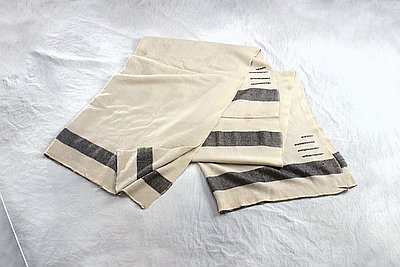
Pai Shamkain (a.k.a., Charley Shaplish, Dr. Whirlwind) (ca. 1825-ca. 1910)
This photograph shows Cayuse Indian doctor Pai Shamkain, also known as Charley Shaplish and, most commonly among Euro Americans, Dr. Whirlwind. The photograph was taken by Major Lee …
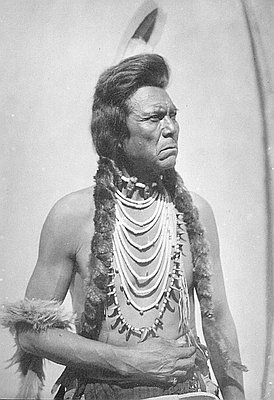
Fort Nez Perce
This drawing of fur trading at Fort Nez Perce (also known as Fort Walla Walla) was drawn by Joseph Drayton, one of several artists hired for a United …
